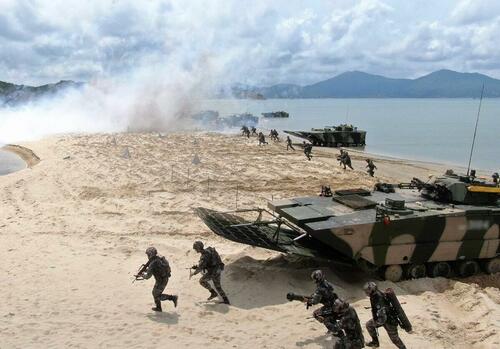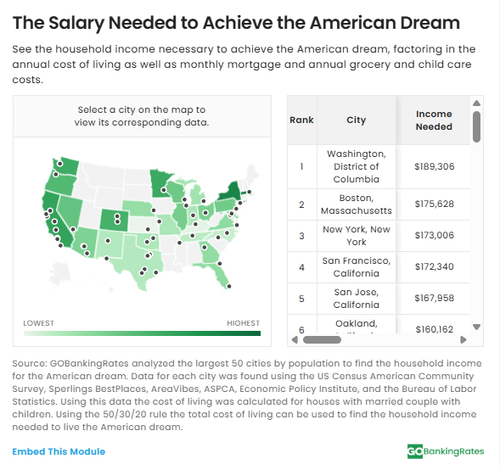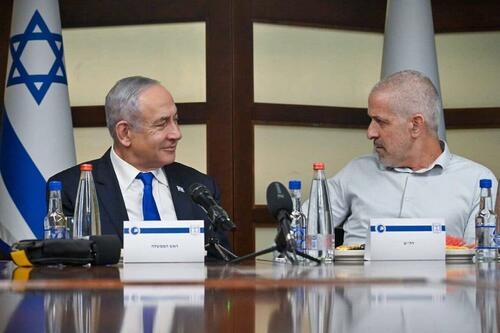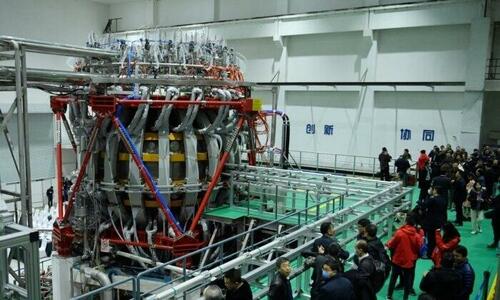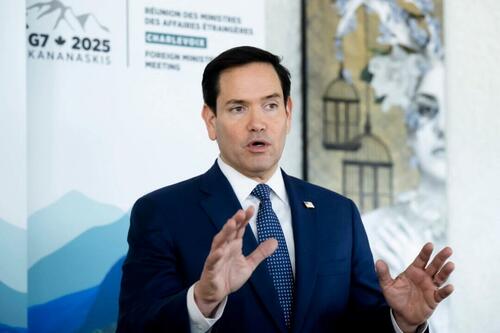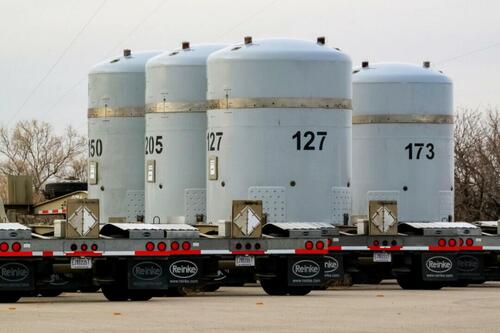British Council Institutes Harsher Criminal Sentencing, But Only For White Men
The Sentencing Council of England And Wales, a non-departmental public body (faceless bureaucracy) which determines the guidelines for court punishments of convicted offenders, has recently made controversial changes and ignited a firestorm among the native British populace.
The council has announced that special exceptions in sentencing will be made for ethnic minority offenders (the majority of violent crime in Britain) and religious minority offenders, as well as female offenders. In other words, everyone except white males will enjoy reduced sentencing, creating a two tier justice system that targets white men for harsher treatment.
Conservative shadow justice minister Robert Jenrick has called the guidance “two-tier justice” and “blatant bias” against Christians and straight white men, as he said it would make “a custodial sentence less likely for those from an ethnic minority, cultural minority, and/or faith minority community”.
Prime Minister Keir Starmer and Justice Secretary Shabana Mahmood claim they oppose the policy change and will take action to pass legislation against it. However, such a process could take many months and both Starmer and Mahmood have expressed favoritism for migrants and Muslim groups in the past. Their “opposition” could be purely theatrical and few Brits believe that they will actually make an effort to block the Sentencing Council’s two-tier system.
“White men are going to be treated a lot tougher by judges from Tuesday, compared to other groups.”
The absolute state of the UK. pic.twitter.com/XKbQ9uOqGu
— iamyesyouareno (@iamyesyouareno) March 28, 2025
The legal development arrives on the heels of multiple government programs enforcing mass censorship of the British public. Keir Starmer has expressed consistent hostility toward native Brits who oppose open immigration policies. Numerous citizens have been fined and arrested for posting critical opinions on social media. Some have been arrested simply for displaying British flags in the sight of migrants. Others have been arrested for complaining online about local government officials.
UNBELIEVABLE.
6 British police officers arrested this dad in front of his children and threw him in a cell because he critisized the school leadership.
Soviet Britain.pic.twitter.com/p1NQDXafEt
— PeterSweden (@PeterSweden7) March 29, 2025
The country has been spiraling into far-left authoritarianism and there doesn’t seem to be a viable counter movement to correct the problem. Mass immigration has been the most divisive crux, with rising violent crime over the past decade and cultural replacement becoming a legitimate concern. Some areas of Britain including London are essentially unrecognizable compared to a decade ago.
Tourist shocked by what he sees in London. pic.twitter.com/pH8kRm3gJB
— RadioGenoa (@RadioGenoa) March 30, 2025
The use of unfair sentencing standards for white offenders is another clear attempt to silence native British citizens that speak out against the ongoing woke multicultural takeover of the country. It is also an attempt to normalize far-left ideological prejudice against white people within the judicial system. This was always the intended end game of the woke movement.
Tyler Durden
Tue, 04/01/2025 – 02:45
via ZeroHedge News https://ift.tt/0CrNmHW Tyler Durden


